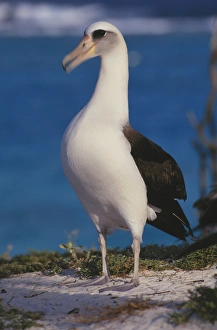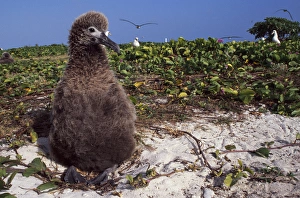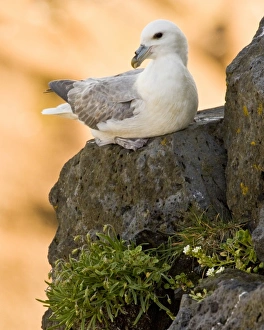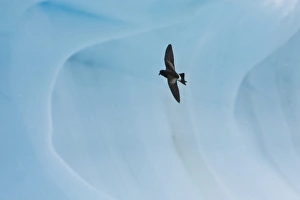Tube Nose Collection
"Tube Nose: Fascinating Birds of the Wild" Discover the enchanting world of tube-nosed birds, found in various corners of our planet
All Professionally Made to Order for Quick Shipping
"Tube Nose: Fascinating Birds of the Wild" Discover the enchanting world of tube-nosed birds, found in various corners of our planet. From the Midway Atoll National Wildlife Refuge to the historic island of Hirta in Scotland's St. Kilda Islands, these unique creatures captivate with their distinctive features and behaviors. In Midway Atoll, a Laysan Albatross gracefully glides through the air, its tube-like nostrils perfectly adapted for long-distance flights. Nearby, a fluffy Laysan Albatross chick eagerly awaits its parents' return with food, showcasing the next generation of these magnificent seabirds. Venturing to Scotland's Outer Hebrides, we encounter nesting fulmars on the historic island of Hirta. With their tubular beaks and keen eyesight, they skillfully navigate rocky cliffs as they protect their precious eggs from any potential threats. Continuing our journey across Europe to Iceland, we witness Northern Fulmars diligently guarding their nests on the Snaefellsness peninsula. These resilient birds demonstrate remarkable dedication as they raise their young amidst harsh Arctic conditions. Further south in South Georgia lies another fascinating species - the Southern Giant Petrel. With its impressive wingspan and powerful beak resembling a tube-like structure, this majestic bird reigns over Antarctic waters with grace and authority. Finally, near Port Lockroy on Antarctica's Peninsula region, an adult Wilson's storm petrel amazes us with its ability to seemingly walk on water while feeding after an iceberg calved nearby. This diminutive bird relies on its tubular nostrils to locate prey beneath icy surfaces during daring hunting expeditions. These tube-nosed birds remind us of nature's incredible diversity and adaptability. Their specialized features enable them to thrive in some of Earth's most challenging environments – a testament to both their resilience and beauty that continues to inspire awe among wildlife enthusiasts worldwide.







